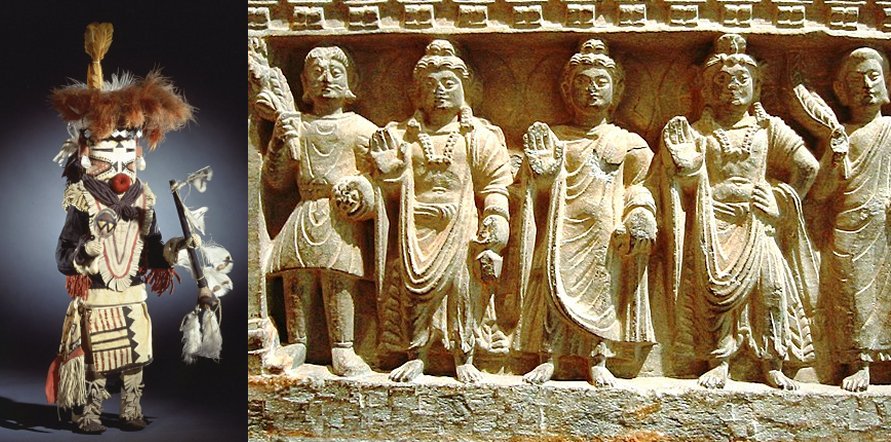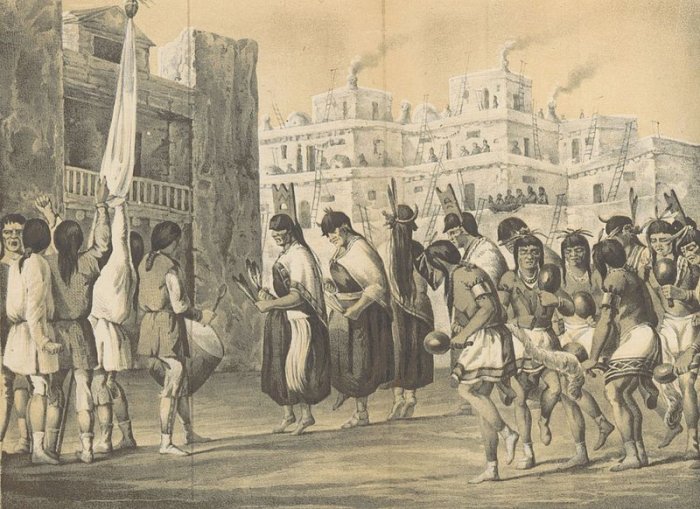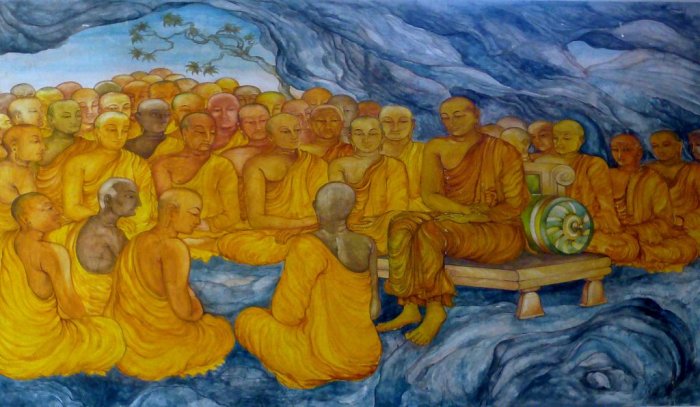Mysterious Zuni Indians And Japanese People May Be Related – Did Buddhist Monks Reach North America In 1350?
Ellen Lloyd - AncientPages.com - The Zuni Indians in New Mexico are unlike any other Native American tribe. Not only is their language, religion, and blood type surprisingly different from all other tribes, but according to a thought-provoking theory, the mysterious Zuni Indians may also have close ties with the people of Japan.
Most scientists think the Zuni Indians are different because they lived in isolation. According to linguists, the Zuni have maintained the integrity of their language for at least 7,000 years.
Left: She-we-na (Zuni Pueblo). Kachina doll (Paiyatemu), late 19th century. Brooklyn Museum - Right: An early Buddhist triad. 2nd-3rd century CE. Gandhara, Wikipedia
However, the Zuni do share many words from Keresan, Hopi, and Pima pertaining to religion and religious observances. However, Professor Nancy Davis from the University of Chicago has an alternative theory that she thinks explains the Zuni Indian's puzzling ancient history.
Professor Davis suggests the Zuni Indians came in close contact with Buddhist monks who migrated in the 14th Century from Japan to the west coast of what is now the American continent. In her book, The Zuni Enigma: A Native American People's Possible Japanese Connection, Professor Davis presents evidence supporting an ancient Japanese-Zuni connection.
Professor Davis has studied the Zuni Indians for decades and has made several visits to the Zuni pueblo. Her theory is unpopular among other scientists, but she points out that no one has so far managed to prove her wrong.
Image of Zuni Pueblo created during the U.S. Army Corps of Topographical Engineers' 1851 expedition to Arizona which was led by Captain Sitgreaves. Credit: British Library
She acknowledges there have been no DNA studies to confirm or refute her hypothesis. Still, she also points out striking similarities between these two cultures, such as blood-group characteristics. Blood Type B is frequent in East Asian populations but nearly absent in most Native Americans. Zuni Indians, on the other hand, have a high incidence of Type-B blood.
Zuni Indians And Japanese People Share Biological Links And Have Similar Mythology
The ancient Japanese- Zuni connection was born when Professor Davis one day came across a chart detailing the Chinese system of Yin Yang. Yin Yang symbol is widely recognized throughout the world. Still, the beginning and philosophy related to this ancient symbol originate in ancient China and the old beliefs of the Chinese people, who tried to understand the universe's workings. She discovered the Yin Yang symbol was remarkably similar to a chart on the Zuni religion.
 Next, she compared Zuni and Japanese languages and noticed a long list of nearly common words.
Next, she compared Zuni and Japanese languages and noticed a long list of nearly common words.
She searched for clues for more than 30 years and pieced together her ideas. Her research resulted in a theory that her colleagues dismissed. She collected evidence based on biological links through blood type, tooth shape, skull configuration, and a prominent kidney ailment in Zuni and the Japanese. Professor Davis also discovered that both cultures had a mythology that embraced ocean images.
Professor Davis explains that the Japanese social structure suffered during the 11th or 12th centuries because of repeated natural disasters, including a series of earthquakes. During this time, Japanese sailors began to leave the country in successive waves.
Buddhist Monks Reached America In 1350
One of the last of these waves of migration set sail around 1350.
Among the sailors were Buddhist monks searching for Itiwanna, the center of the universe. Based on her research, Professor Davis surmises that favorable currents landed the monks in California.
As the pilgrims moved eastward, they attracted Native Americans drawn to the notion of Itiwanna. Disparate clans united in a kind of search for Oz. In an area of what is now west-central New Mexico and east-central Arizona, just south of Chaco Canyon, they believed they had found their Emerald City.
Did the Zuni Indians meet Buddhist monks in 1350? Credit: Wikipedia
The Zuni Indians' tribal name is A'shiwi (Shi'wi), meaning "the flesh." The name "Zuni" was a Spanish adaptation of a word of unknown meaning.
Professor Davis thinks settlers in the Zuni territory were an amalgam of Japanese, Anasazi, and A:shiwi.
Many scientists consider the Japanese- Zuni connection far-fetched due to the lack of archaeological evidence. The traditional idea is that Native Americans are descended from people who migrated from Siberia 12,000 years ago, traveling across the Bering Strait.
If the Japanese-Zuni theory is correct, it could re-write our history books. Still, much more evidence is needed before the scientific community will treat Professor Davis' ideas seriously.
If you enjoyed this article consider becoming a member. Our member section offers a wealth of informative and insightful articles similar to this one. Upgrading to a premium membership gives you access to all our articles, including our library of ancient and unexplained mysteries.
Written by Ellen Lloyd – AncientPages.com
Updated on April 11, 2023
Copyright © AncientPages.com All rights reserved. This material may not be published, broadcast, re-written or redistributed in whole or part without the express written permission of AncientPages.com
Expand for referencesMore From Ancient Pages
-
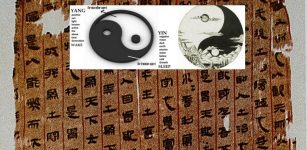 Mawangdui Medical Manuscripts: Oldest Surviving Anatomical Atlas In The World
News | Sep 2, 2020
Mawangdui Medical Manuscripts: Oldest Surviving Anatomical Atlas In The World
News | Sep 2, 2020 -
 What Is The Meaning Of Ankh – Ancient Egyptian Symbol
Ancient Symbols | Sep 21, 2023
What Is The Meaning Of Ankh – Ancient Egyptian Symbol
Ancient Symbols | Sep 21, 2023 -
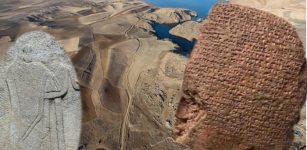 3,300-Year-Old Hittite Cuneiform Tablet Found In Büklükale Deciphered!
Archaeology | Apr 2, 2024
3,300-Year-Old Hittite Cuneiform Tablet Found In Büklükale Deciphered!
Archaeology | Apr 2, 2024 -
 Puzzling Construction Of Unique Sunken Ship From The 17th Century Examined
Archaeology | Jul 28, 2022
Puzzling Construction Of Unique Sunken Ship From The 17th Century Examined
Archaeology | Jul 28, 2022 -
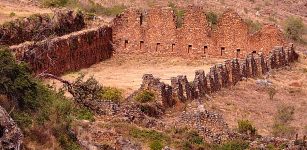 Inca Llajta: Largest And Most Impressive Inca Complex In Bolivia
Civilizations | Dec 6, 2018
Inca Llajta: Largest And Most Impressive Inca Complex In Bolivia
Civilizations | Dec 6, 2018 -
 Mystery Of The Lost Biblical Kadesh Where Moses Was Punished By God
Biblical Mysteries | Oct 17, 2017
Mystery Of The Lost Biblical Kadesh Where Moses Was Punished By God
Biblical Mysteries | Oct 17, 2017 -
 Stone Age Infants Received Care For Nine Hours Per Day From Up To 15 Different Caregivers – Study Informs
Archaeology | Nov 15, 2023
Stone Age Infants Received Care For Nine Hours Per Day From Up To 15 Different Caregivers – Study Informs
Archaeology | Nov 15, 2023 -
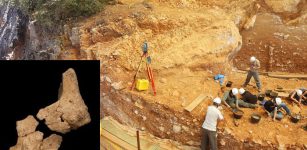 ‘Face Of First European’ – Oldest Fossil Of European Human Ancestor Found At Spain’s Atapuerca Archaeological Site
Archaeology | Jul 9, 2022
‘Face Of First European’ – Oldest Fossil Of European Human Ancestor Found At Spain’s Atapuerca Archaeological Site
Archaeology | Jul 9, 2022 -
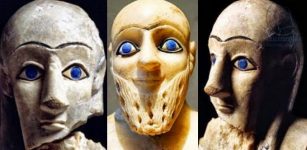 Mysterious Sumerian Statues With Big Blue Eyes – A Sign From The Gods
Civilizations | Feb 23, 2017
Mysterious Sumerian Statues With Big Blue Eyes – A Sign From The Gods
Civilizations | Feb 23, 2017 -
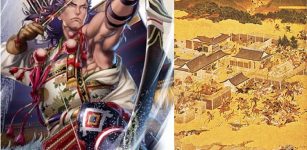 Legendary Minamoto No Tametomo – First Samurai To Commit Seppuku
Ancient History Facts | Aug 7, 2023
Legendary Minamoto No Tametomo – First Samurai To Commit Seppuku
Ancient History Facts | Aug 7, 2023 -
 On This Day In History: Roman Emperor Caligula Was Born – On August 31, 12 AD
News | Aug 31, 2016
On This Day In History: Roman Emperor Caligula Was Born – On August 31, 12 AD
News | Aug 31, 2016 -
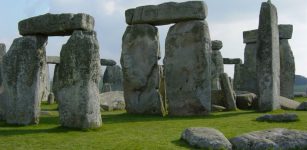 Stonehenge May Have Aligned With The Moon As Well As The Sun
Featured Stories | Jun 4, 2024
Stonehenge May Have Aligned With The Moon As Well As The Sun
Featured Stories | Jun 4, 2024 -
 Fascinating Slavic Mythology Offers Surprising Insight Into The Mystery Of Reincarnation
Featured Stories | Oct 13, 2015
Fascinating Slavic Mythology Offers Surprising Insight Into The Mystery Of Reincarnation
Featured Stories | Oct 13, 2015 -
 People Who Carry Neanderthal Gene Variants Have Greater Pain Sensitivity
DNA | Oct 11, 2023
People Who Carry Neanderthal Gene Variants Have Greater Pain Sensitivity
DNA | Oct 11, 2023 -
 Giant 4,500-Year-Old Axe Grinding Site Discovered In Scotland
Archaeology | Dec 13, 2022
Giant 4,500-Year-Old Axe Grinding Site Discovered In Scotland
Archaeology | Dec 13, 2022 -
 Mystery Of Doppelgangers And Spirit Doubles – From Ancient To Modern Times
Featured Stories | Feb 28, 2022
Mystery Of Doppelgangers And Spirit Doubles – From Ancient To Modern Times
Featured Stories | Feb 28, 2022 -
 Thousands Of Remarkable Megaliths On The Sumba Island
Featured Stories | Aug 30, 2017
Thousands Of Remarkable Megaliths On The Sumba Island
Featured Stories | Aug 30, 2017 -
 Beowulf Is Much Older Than Previously Thought And Not An English Poem – Professor Says
Linguistic Discoveries | Jan 6, 2020
Beowulf Is Much Older Than Previously Thought And Not An English Poem – Professor Says
Linguistic Discoveries | Jan 6, 2020 -
 Mama Cocha – Inca Goddess Of The Sea With Strong Connection To Lake Titicaca, Peru
Featured Stories | May 26, 2020
Mama Cocha – Inca Goddess Of The Sea With Strong Connection To Lake Titicaca, Peru
Featured Stories | May 26, 2020 -
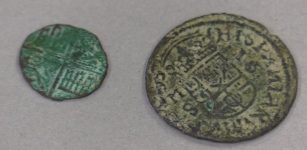 Ancient Roman Coins Discovered In Utah Could Re-Write History But Are They Authentic?
Archaeology | Apr 23, 2019
Ancient Roman Coins Discovered In Utah Could Re-Write History But Are They Authentic?
Archaeology | Apr 23, 2019

